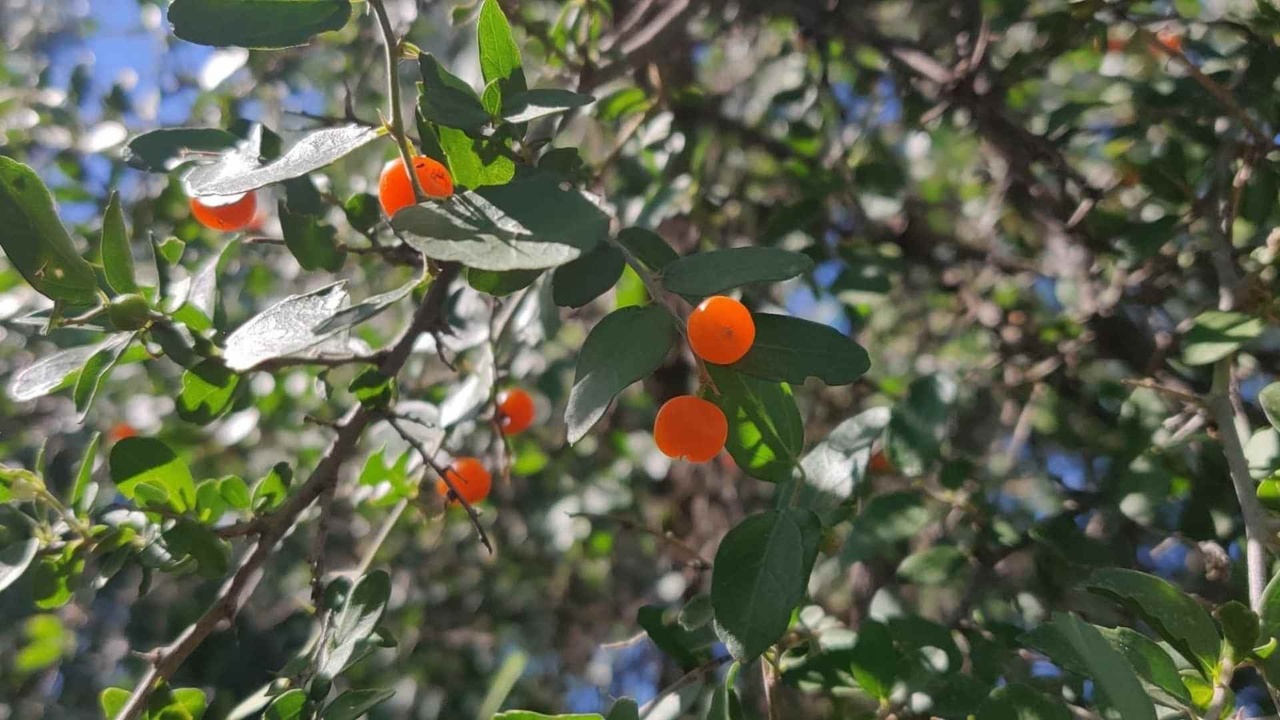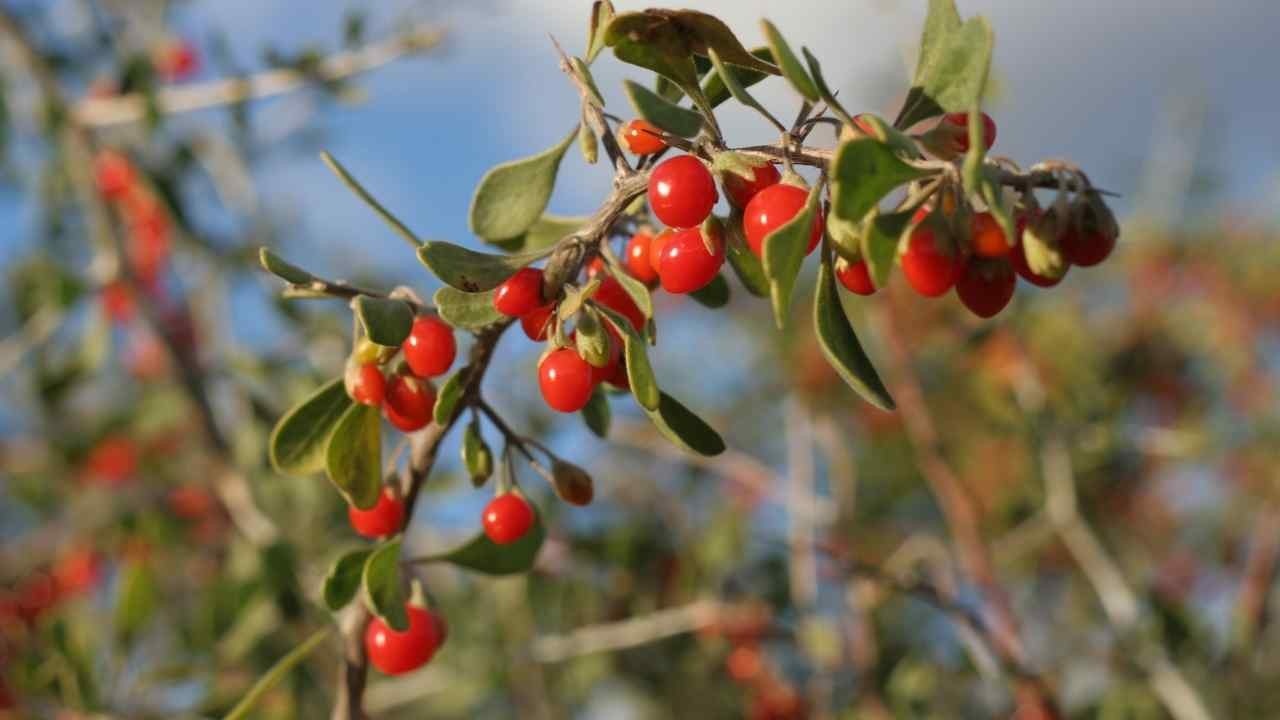Field Notes
By Matthew Hunter
In the early spring, around the months of March and April, you’ll find in the moist open fields of the South a tasty wild green with a smooth texture like butterhead lettuce. It’s called corn salad.
In this article we’re going to look at how to identify corn salad so you ca...
By Matthew Hunter
The magnolia tree is a plant nearly every Southerner is familiar with, at least by name, yet few are aware that it’s a genus with numerous medicinal benefits. The medicinal uses of magnolia trees are well documented and widespread throughout the world, yet they are seldom ever ...
By Matthew Hunter
Despite its relatively small root, spring beauty was once a major food source eaten by Native American groups all across the United States. From the Bering Sea spring beauty of Alaska, to the lanceleaf spring beauty of the Western mountain states, all the way to the common Virgini...
Amaranth is one of the best tasting and most common edible plants in Southern Arizona. Historically its seeds were an important staple crop of the Aztecs, and in times past the plant was considered one of the top two favorite greens of the Pima(the other being purslane). Nowadays amaranth seeds c...
Click here to learn more about our online program foraging program Wild Food University!
In the late fall and wintertime across the southern half of the U.S.(or anywhere where it doesn’t freeze), the primary edible plants available to the forager are common yard weeds.
When it comes to eating weeds, most people find the idea either very strange or outright disgusting, but for th...
Overview
Netleaf hackberry(Celtis reticulata) is a water-loving tree that grows next to rivers and springs in middle elevations across the Southwest. Its small red berries don’t look like much at first glance, but they’re actually a calorie-packed staple food that can feed people for long perio...
Overview
Desert hackberry(also called spiny hackberry) is a common shrub that grows in Southern Arizona and South Texas, in parts of both the Sonoran and Chihuahuan deserts. Its tasty orange berries are produced in the fall, and are high in phosphorus, calcium, and protein.
Desert hackb...
Introduction
Screwbean mesquite(Prosopis pubescens) is a small tree native to Southern Arizona, where it grows along rivers in the Sonoran Desert. In this article we're going to look at the identification and edible uses of screwbean mesquite, its range throughout our desert, and some of its hi...
Introduction
Have you ever heard of goji berries? They are a "superfood" from China that started gaining popularity in the U.S. around the turn of the century due to their wide range of nutritional benefits. Goji berries are high in antioxidants, and have all kinds of benefits that have been bac...
Introduction
Desert chia(Salvia columbariae) is our native desert version of store-bought chia (Salvia hispanica), which is a cultivated seed originally from Central America, and is popularly considered a “superfood” for its wide range of nutritional benefits.
Wild chia has similar benef...












